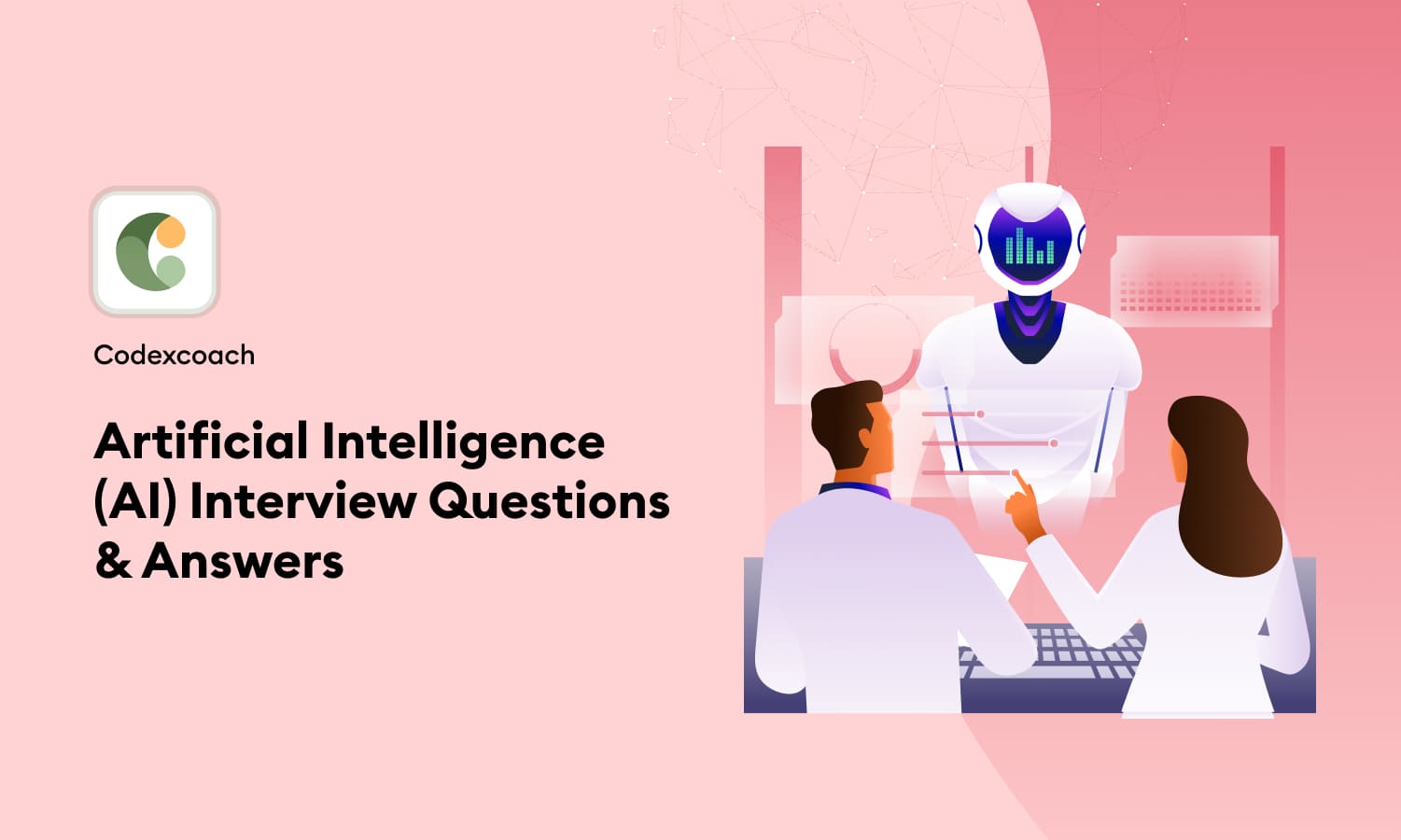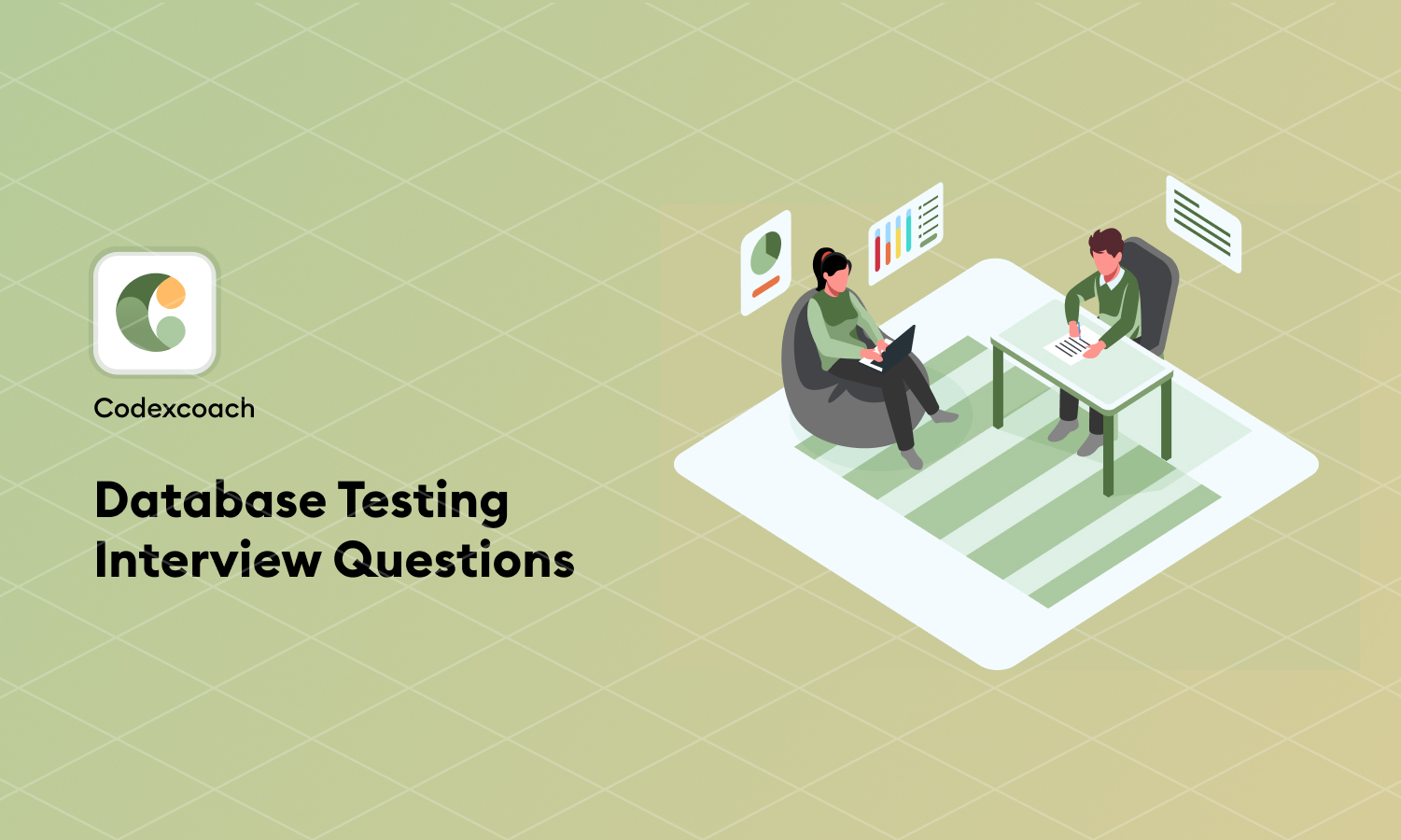1. What is Machine Learning?
Answer: Machine learning is a subset of artificial intelligence that involves training algorithms to recognize patterns, make decisions, and predict outcomes based on data. It eliminates the need for explicit programming for each decision, allowing systems to adapt and improve from experience.
2. Explain the Difference Between Supervised and Unsupervised Learning.
Answer: Supervised learning involves training models on labeled data, where the outcome is known. The model learns to predict the output from the input data. Common supervised learning tasks include classification and regression. Unsupervised learning, on the other hand, deals with unlabeled data. The model tries to understand the structure of the data without any explicit outcome variable. Common tasks include clustering and dimensionality reduction.
3. What Are Overfitting and Underfitting?
Answer: Overfitting occurs when a model learns the training data too well, including noise and outliers, leading to poor generalization to new data. Underfitting happens when a model is too simple to capture the underlying pattern in the data, resulting in poor performance on both training and new data.
4. What is Cross-Validation?
Answer: Cross-validation is a technique used to assess how well a model will generalize to an independent data set. It involves dividing the dataset into a number of subsets, training the model on some subsets while validating it on the remaining ones. This process is repeated several times, with different partitions. The most common method is k-fold cross-validation.
Read This Blog: Importance of JavaScript for Web Development
5. How Do You Handle Missing or Corrupted Data in a Dataset?
Answer: Missing or corrupted data can be handled in several ways:
- Deleting rows or columns with missing data.
- Imputing missing values using statistical methods like mean, median, or mode for numerical data, or most frequent values for categorical data.
- Using algorithms that support missing values.
- Predicting missing values using machine learning techniques.
6. What is a Confusion Matrix?
Answer: A confusion matrix is a table used to evaluate the performance of a classification model. It shows the number of correct and incorrect predictions compared to the actual outcomes. The main components are True Positives, True Negatives, False Positives, and False Negatives.
7. Can You Explain the Bias-Variance Tradeoff?
Answer: The bias-variance tradeoff is a fundamental concept in machine learning that deals with the balance between underfitting and overfitting. Bias refers to errors due to overly simplistic assumptions in the model, leading to underfitting. Variance refers to errors due to too much complexity in the model, leading to overfitting. Ideally, a good model achieves a balance with low bias and low variance.
8. What is Regularization and Why is it Useful?
Answer: Regularization is a technique used to prevent overfitting by adding a penalty to the loss function. This penalty restricts the magnitude of the model coefficients and simplifies the model. Common methods include L1 (Lasso) and L2 (Ridge) regularization.
9. What is a Neural Network?
Answer: A neural network is a series of algorithms that mimics the functioning of the human brain to recognize patterns and solve complex problems. It consists of layers of interconnected nodes (neurons), with each layer transforming the input data to a more abstract level for pattern recognition and prediction.
10. What are the Differences Between Machine Learning and Deep Learning?
Answer: Deep learning is a subset of machine learning that uses neural networks with many layers (deep networks). While traditional machine learning models work well with structured data and require feature engineering, deep learning excels in handling unstructured data like images and text and can automatically learn features from raw data.
11. What is Feature Engineering and Why is it Important?
Answer: Feature engineering is the process of selecting, modifying, or creating features from raw data to enhance the performance of machine learning models. It’s crucial because the right features can improve model accuracy and efficiency, making it easier for the model to learn the underlying patterns.
12. Explain Gradient Descent.
Answer: Gradient Descent is an optimization algorithm used to minimize the loss function in machine learning models. It iteratively adjusts the parameters of the model in the direction of the steepest descent of the loss function. The learning rate determines the size of the steps taken towards the optimal solution.
13. What is a Random Forest and How Does it Work?
Answer: A Random Forest is an ensemble learning technique that combines multiple decision trees to produce more accurate and stable predictions. Each tree is trained on a random subset of the data and makes its own prediction. The final output is determined by averaging the results of all trees (regression) or by majority voting (classification).
14. Describe the Differences Between Bagging and Boosting.
Answer: Both bagging and boosting are ensemble techniques. Bagging (Bootstrap Aggregating) involves training multiple models in parallel, each on a random subset of the data, and then combining their predictions. Boosting, on the other hand, trains models sequentially, where each new model focuses on the errors made by previous models, effectively improving the overall model’s performance.
15. What is Precision and Recall?
Answer: Precision is the ratio of true positives to the total number of predicted positives (true positives + false positives). It measures the accuracy of the positive predictions. Recall, or sensitivity, is the ratio of true positives to the total number of actual positives (true positives + false negatives). It measures the model’s ability to detect positive instances.
16. Explain the Concept of Support Vector Machine (SVM).
Answer: SVM is a supervised learning model used for classification and regression tasks. It works by finding the hyperplane that best separates different classes in the feature space. SVM uses kernel functions to transform data into a higher-dimensional space, making it easier to find a separating hyperplane.
17. What are Convolutional Neural Networks (CNNs)?
Answer: CNNs are deep learning models primarily used in image recognition and processing. They are characterized by their use of convolutional layers that apply convolutional filters to the data, pooling layers that reduce dimensions, and fully connected layers for classification. CNNs are effective in automatically detecting important features from images.
18. What is Reinforcement Learning?
Answer: Reinforcement Learning is a type of machine learning where an agent learns to make decisions by performing actions in an environment to achieve some goal. The agent receives rewards or penalties for actions taken and learns to maximize cumulative rewards.
19. How Do You Evaluate a Machine Learning Model?
Answer: Model evaluation involves assessing its performance using certain metrics and methodologies. Common metrics include accuracy, precision, recall, F1 score for classification, and mean squared error, mean absolute error for regression. Techniques like cross-validation, train/test split, and A/B testing are used for evaluation.
20. What is Natural Language Processing (NLP)?
Answer: NLP is a field at the intersection of computer science, artificial intelligence, and linguistics. It involves enabling computers to understand, interpret, and manipulate human language. NLP techniques are used in applications like sentiment analysis, language translation, and speech recognition.
21. What is the Purpose of the Activation Function in Neural Networks?
Answer: The activation function in a neural network introduces non-linearity into the output of a neuron. This is important because it allows neural networks to model complex data patterns that are not possible with linear functions. Common activation functions include ReLU (Rectified Linear Unit), Sigmoid, and Tanh.
22. How Do You Handle Imbalanced Datasets?
Answer: Handling imbalanced datasets can be done through:
- Resampling techniques: Under-sampling the majority class or over-sampling the minority class.
- Synthetic data generation: Using techniques like SMOTE (Synthetic Minority Over-sampling Technique).
- Adjusting class weights: Giving higher importance to the minority class during model training.
- Using appropriate evaluation metrics: Like Precision-Recall AUC instead of accuracy.
23. What is Dimensionality Reduction and Why is it Used?
Answer: Dimensionality reduction is the process of reducing the number of input variables in a dataset. It’s used to combat the curse of dimensionality, improve model performance, and reduce computational cost. Techniques include Principal Component Analysis (PCA) and t-Distributed Stochastic Neighbor Embedding (t-SNE).
24. Explain the Concept of Ensemble Learning.
Answer: Ensemble learning is a technique where multiple models (often called “weak learners”) are trained and combined to solve a specific computational intelligence problem. It enhances the model performance by aggregating the predictions of several models, thus improving the accuracy and robustness over a single model.
25. What is the Difference Between Batch Gradient Descent and Stochastic Gradient Descent?
Answer: Batch Gradient Descent computes the gradient of the cost function with respect to the parameters for the entire training dataset. It’s computationally expensive for large datasets. Stochastic Gradient Descent, on the other hand, computes the gradient for each training example and updates the parameters continuously. It’s faster but may have more fluctuations in the path to convergence.
26. Can You Explain the Term ‘Epoch’ in Neural Networks?
Answer: An epoch in neural networks is a term used to describe one full pass of the training dataset through the algorithm. In other words, an epoch is completed when every sample in the training set has been used once for the computation of the model’s loss and the update of its parameters.
27. What are Autoencoders?
Answer: Autoencoders are a type of neural network used for unsupervised learning. They aim to learn a compressed representation of the input data. An autoencoder consists of two main parts: an encoder that compresses the input and a decoder that reconstructs the input from the compressed representation.
28. Explain the Difference Between Classification and Regression.
Answer: Classification and regression are both types of supervised learning algorithms. Classification predicts discrete labels (categories), assigning data points to two or more predefined classes. Regression predicts continuous values, modeling the relationship between dependent and independent variables.
29. What is a Decision Tree?
Answer: A decision tree is a flowchart-like tree structure where each internal node represents a test on an attribute, each branch represents the outcome of the test, and each leaf node represents a class label (decision taken after computing all attributes). It’s used for classification and regression tasks.
30. Describe the ROC Curve and AUC.
Answer: The ROC (Receiver Operating Characteristic) curve is a graphical plot used to show the diagnostic ability of binary classifiers. It plots the True Positive Rate against the False Positive Rate at various threshold settings. AUC (Area Under the Curve) measures the entire two-dimensional area underneath the ROC curve and provides an aggregate measure of the classifier’s performance.
31. Explain the Difference Between Type I and Type II Errors.
Answer: In statistical hypothesis testing, a Type I error occurs when a true null hypothesis is incorrectly rejected (also known as a “false positive”). A Type II error occurs when a false null hypothesis is not rejected (also known as a “false negative”). In the context of machine learning, Type I error means incorrectly predicting an event that did not occur, while Type II error means failing to predict an event that did occur.
32. What is K-Nearest Neighbors (KNN) and How Does it Work?
Answer: K-Nearest Neighbors (KNN) is a simple, instance-based learning algorithm used for classification and regression. It classifies a data point based on how its neighbors are classified. KNN finds the K closest neighbors to a new data point and predicts its class as the most common class among those neighbors (for classification) or the average of the values (for regression).
33. How Do You Select Important Features in a Dataset?
Answer: Feature selection can be done using several techniques:
- Statistical approaches like ANOVA, Chi-square test.
- Model-based approaches like using tree-based algorithms.
- Using regularization methods like LASSO that can shrink some coefficients to zero.
- Iterative methods like forward selection, backward elimination.
34. What is Logistic Regression?
Answer: Despite its name, logistic regression is used for binary classification problems. It models the probability of a binary outcome using a logistic function. The model predicts the probability that a given instance belongs to a particular class.
35. How Does a Decision Tree Prevent Overfitting?
Answer: To prevent a decision tree from overfitting, techniques such as pruning (removing parts of the tree that provide little power to classify instances), setting a minimum number of samples required at a leaf node, or limiting the maximum depth of the tree are used. These techniques reduce the complexity of the tree, making it generalize better to new data.
36. What is the Importance of Data Cleaning in Machine Learning?
Answer: Data cleaning is crucial in machine learning as it directly impacts the quality of the model. It involves handling missing values, dealing with noisy data, correcting inconsistencies, and normalizing the data. Clean data leads to better performance and more accurate results.
37. Explain the Concept of ‘P-hacking’.
Answer: ‘P-hacking’ refers to the practice of manipulating data or analysis until nonsignificant results become significant, usually by selectively reporting or only sharing results that have a p-value below a certain threshold (like 0.05), indicating statistical significance. This undermines the validity of the statistical inference.
38. What is a Neural Network Dropout?
Answer: Dropout is a regularization technique for neural networks that helps prevent overfitting. During training, some number of layer outputs are randomly ignored or “dropped out.” This forces the network to learn more robust features that are useful in conjunction with many different random subsets of the other neurons.
39. Can You Explain the Concept of Data Leakage in Machine Learning?
Answer: Data leakage refers to a situation in machine learning where information from outside the training dataset is used to create the model. This can lead to overly optimistic performance estimates on the training data and poor performance on unseen data, as the model has effectively been given access to information it wouldn’t have in a real-world scenario.
40. What is a GAN (Generative Adversarial Network)?
Answer: A Generative Adversarial Network (GAN) is a class of machine learning frameworks designed by Ian Goodfellow and his colleagues in 2014. GANs consist of two neural networks, a generator and a discriminator, which are trained simultaneously. The generator creates samples intended to come from the same distribution as the training data, while the discriminator tries to distinguish between real and fake samples.





